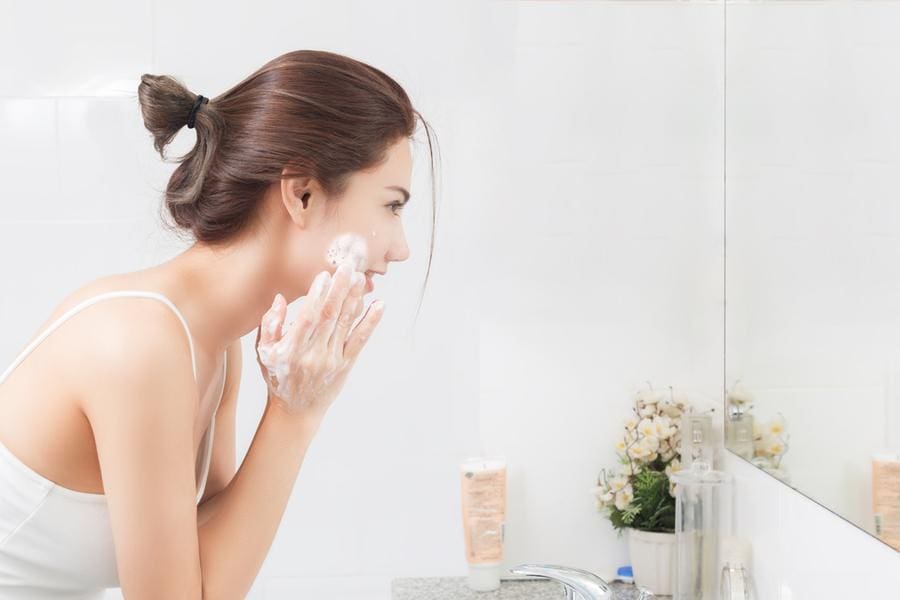Traditional Chinese medicine says the face is the map of the soul that reveals the delicate balance of your inner self. Modern dermatologists say face mapping can be a guide to what’s going on with the red bumps and blemishes that mess with your beautiful skin. Where you get breakouts can reveal what causes your acne. Follow your face map to track down and treat acne culprits.
Pimples along the hairline and top of face; hair product.
Routine pimples along your hairline signal it’s time to stop using thick, mineral oil-based hair products that trap natural oil or sebum in hair follicles and create pimples. Switch to a clarifying shampoo such as Aveda’s Rosemary Mint Shampoo ($29), or try a product that doesn’t contain cocoa butter, tar or coloring. When spritzing on hairspray or dry shampoo, shield your skin with your hand or a washcloth.
Acne on your cheeks; bacteria.
If acne persists on one side of your face, blame your phone or pillowcase for spreading bacteria. You may be in the habit of touching your face, and that, too, exposes your cheek to bacteria. Wipe down your smartphone regularly with a disinfectant. Don’t take your phone into the bathroom. (Think fecal matter, E. coli and other bacteria you’d really rather not think about.) If your job demands you stay on the phone frequently, get a Bluetooth headset. Wash your pillowcase at least once a week.
Lower cheek, jawline, chin breakouts. Surging hormones.
It’s all about the hormones, baby. Fluctuating hormones during a menstrual cycle can overstimulate oil glands, clog pores and cause breakouts a week before your period. Starting or switching birth control medications also can cause a surge in hormones. We’ve all heard that diet can affect acne, but evidence shows little correlation between the two. However, some researchers think your diet can affect your gut health. Gut health, in turn, can change your hormone levels. If you’re eating high-carb foods or dairy with added hormones, reduce sugar, white bread, processed foods and dairy to help reduce acne.
Forehead and nose acne. Think oil.
If you your skin is oily, drugstore salicylic acid washes like Neutrogena Oil-Free Acne Wash ($20) can help reduce the grease. T-zone acne may be traced to stress and lack of sleep, which can start a vicious cycle. If you notice stress and feeling tired aggravates your acne, investigate good sleep practices. Meditate before bed, listen to music, stretch and put down the iPad. Remember that touching your skin spreads oils and dirt into your pores. Pay attention to how many times each day you touch your forehead or rub your nose.
Breakouts all over; environment and bacteria.
If acne, white heads and cysts are spread across your face, the blame may rest on factors like diet and bacterial imbalance. Cleansing and exfoliating is vital in preventing the blackheads that are essentially dirt and sebum trapped in sebaceous glands. Open pores with a warm cleansing cloth and use cleanser that targets blackheads. An acid-based exfoliator can gently remove dead skin cells and help to clear congested pores.
One size does not fit all.
Face mapping can help identify the cause of your breakouts, but keep in mind it’s just a starting point. For over-the-counter and home remedies, try Differin ($14) and a benzoyl peroxide wash every day. If you don’t want to ditch your current face wash, look into some pore-purging acids that can work as toners. Try incorporating mandelic acid, like Mandelic Acid Toner ($5.50) or glycolic acid, like Pixi by Petra Glow Tonic Exfoliating Toner ($10) into your routine.






